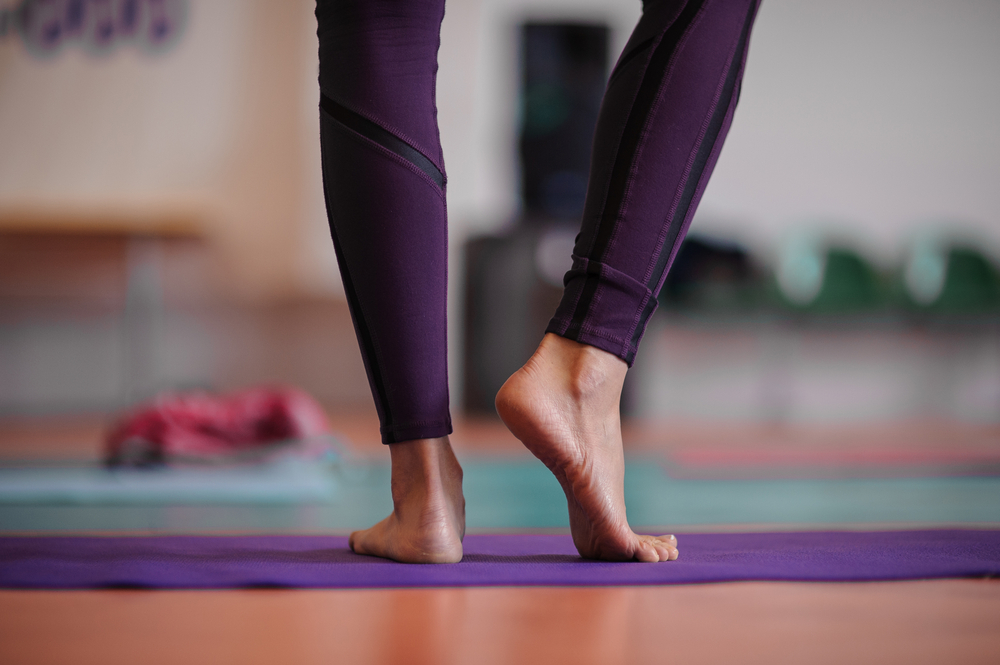Cerebral palsy patients often suffer movement and muscle coordination problems, which makes it seem as though they cannot exercise.
Regular stretching and exercise both at home and the gym have been shown to be requisite to symptom management as they help sufferers learn endurance, coordination, and flexibility and build muscle strength.
It also allows them to socialize and boost their self-confidence.
Read on for five exercise tips to keep in mind if you or your loved one has cerebral palsy:
1. Seek the Advice of a Healthcare Provider
There are many instances where a cerebral palsy patient will need the services of a professional.
If a person’s cerebral palsy was caused by medical negligence during birth, you will need medical malpractice attorneys for advice on the best course of action.
A medical malpractice lawsuit can help you get compensation to fund your medical bill.
In regards to exercise, you may want to check with a physiotherapist or your primary care provider for a more informed regimen.
Note that various patients show different symptoms, and the same workout plan won’t work for all cerebral palsy patients.
2. Perform Joint Rotations Frequently
One of the most common cerebral palsy symptoms is stiffness in the neck and major joints such as the knees, hips, ankles, wrists, elbows, and shoulders.
Rotating them in one direction severally and then doing it again in the opposite direction can help promote circulation and significantly reduce the stiffness.
3. Do not Ignore Calf Stretches

Involuntary muscle contractions or plasticity in the calves is another relatively common symptom among people with cerebral palsy.
You can do this by keeping your calf muscles engaged. One simple and effective way to do that is by toe-walking.
Another more elaborate exercise involves standing facing a wall, with one leg a huge step behind the other. With the front leg bent and the heel of the back one raised, slowly lower the heel and hold for a few seconds before switching legs.
4. Go for Activities that You Enjoy
Exercise is not as easy for cerebral palsy patients and other disabled people as it is for non-patients.
Muscle weakness, fragility, and balance and coordination issues add up to make simple movement tasks nightmarish.
The best way to ensure exercise doesn’t feel like punishment is to engage in activities that you like doing.
If you love dancing, make it a core feature in your fitness regimen.
If you like swimming, check with a professional to help you find helpful swimming techniques suitable for your condition
5. Adjust Your Exercise Based on Your Symptoms
Exercise can either energize you or make you feel fatigued. If you feel energized, you are doing the right thing.
However, if the exercise causes you tiredness and fragility in the muscles and joints, there is a good chance you have worked out for too long and are only aggravating your symptoms.
Final Thoughts
There are many physical activities that can help cerebral palsy patients build strength and improve their muscle coordination.
These tips should help you build a more viable fitness regimen and get the most out of simple exercises.

